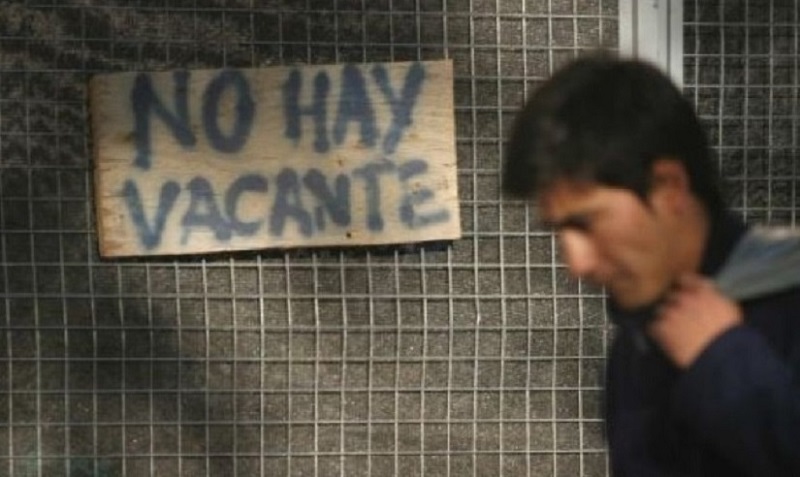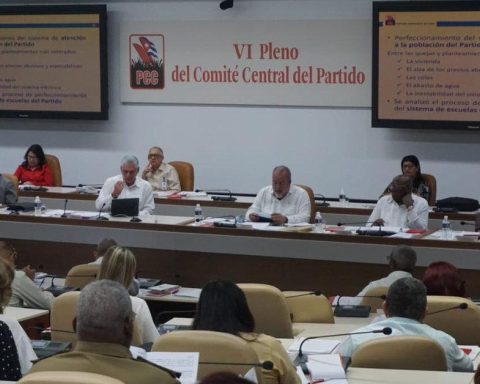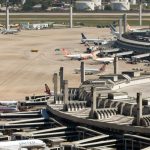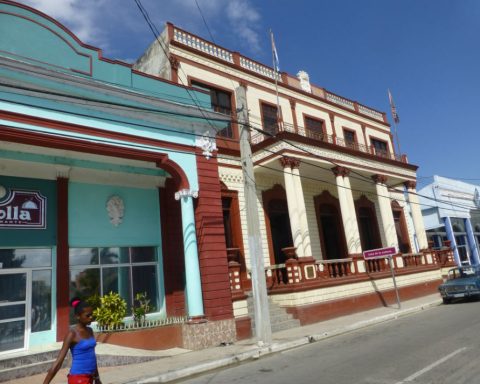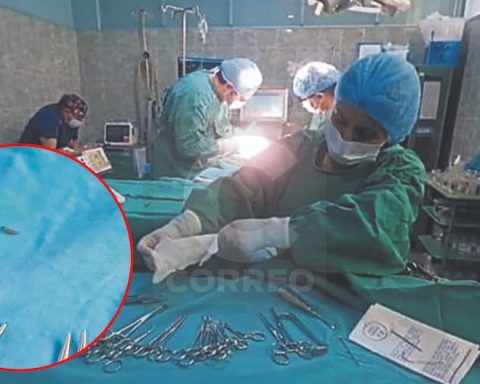Increased oil revenues should be used wisely to reduce the impact of low job creation and higher cost of living on Ecuadorians.
The more it spreads war between russia and ukraine the risk of a global recession increases. The most visible face of that recession is a phenomenon called stagflation, which means that two problems are combined: high levels of iinflation and low or even none economic growth.
Andrés Albuja, an economist and professor at the SEK International University, explained that in addition to the health and logistics crisis, which has not yet been overcome, there is now a supercycle in the prices of raw materials.
“The inflation in the United States it had already reached 8%, but with the war conflict could exceed double digits. Ecuador does not escape this reality and could have double the inflation projected 2.5% by 2022,” he said.
This has a direct impact on the consumption capacity of households, especially those with medium and low incomes. Thus, the percentage allocated for food and transportation will go from 60% to more than 75% for families that do not exceed a monthly budget of $1,500.
Agricultural fertilizers arrive from Russia
According to an analysis by the consulting firm Oikonomics, the already badly beaten agricultural sector would have additional costs due to a higher price of manure and fertilizers. Almost 40% of Ecuadorian imports of this type of input comes from Russia.
In this context, a scenario can be reached in which a significant percentage of small and medium-sized farmers are left without the possibility of producing. The end result is less supply of more expensive products; and also less employment.
MORE PHOTO! JAIME ANAYA
Without growth there is no more employment
Before the war, it was projected that the Ecuadorian economy could grow, in the best of cases, 3% during 2022. However, the possible loss in non-oil exports to Russia and Ukraine ($1 billion) and to the European Union ($500 million additional), will not only reduce income for the country, but will also leave that projection of increase.
If the conflict continues throughout this year, the Gross Domestic Product (GDP) it will not grow more than 1.5%, that is, half of what is expected. That percentage will not generate 200,000 new suitable jobs.
Thus, the Government could not even exceed 40% of the 500,000 formal jobs annually that was set as a goal until 2025.
The end effect is that more Ecuadorians will have to survive in the underemployment and the informality with average salaries that do not exceed $404 per month.
Oil revenues can reduce the crisis
On March 2, 2022, the WTI barrel price, which is the reference crude oil for Ecuador, reached over $109. The prices of all energy products are skyrocketing with the war between Russia and Ukraine.
Andrés Albuja pointed out that if an average price of $100 is projected, the Ecuadorian Government will receive around $6,000 additional million for oil revenue during 2022.
In the budget for this year, a price of $59.2 per barrel had been established, but Part of the surpluses will go to pay more than $2,000 million in subsidies and fuel and gas imports.
“At least part of the older oil revenue they must go to a trust so that it is spent on priority issues such as economic reactivation, health, education and social security,” Albuja pointed out.

Use resources efficiently
The objective would be that the extra resources are not wasted, and support can be given to agriculture while the debt with the IESS is reduced, and situations such as the lack of medicines in hospitals are avoided, for example.
The Government should take advantage of including within the Investment Law, which is being discussed in the Assembly, a transitional one to regulate the management of excess income
“For example, a temporary agreement should be agreed that says that part of the extra income from new investments and high oil prices they should be spent exclusively on improving public service in priority sectors”, concluded Albuja. (JS)
